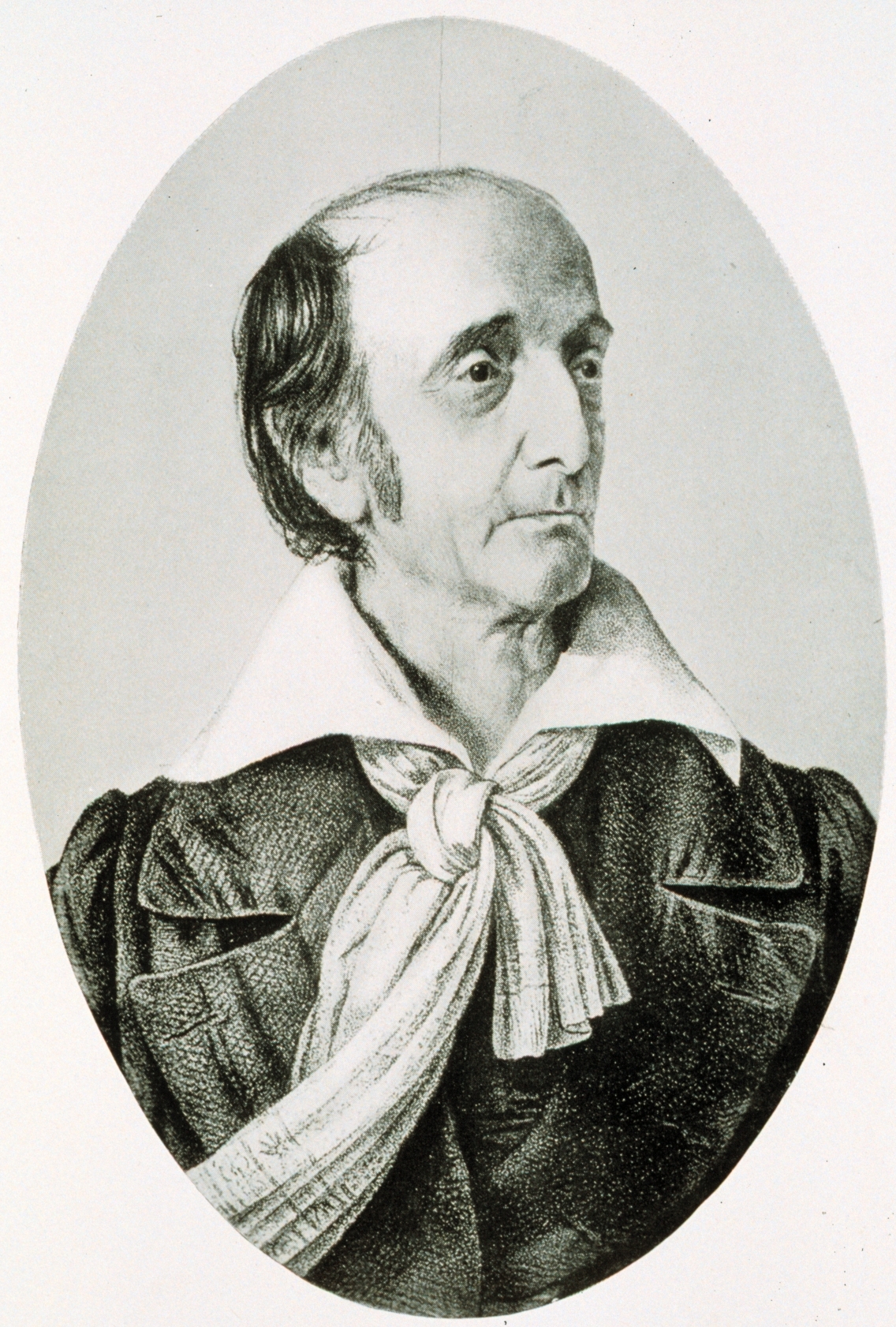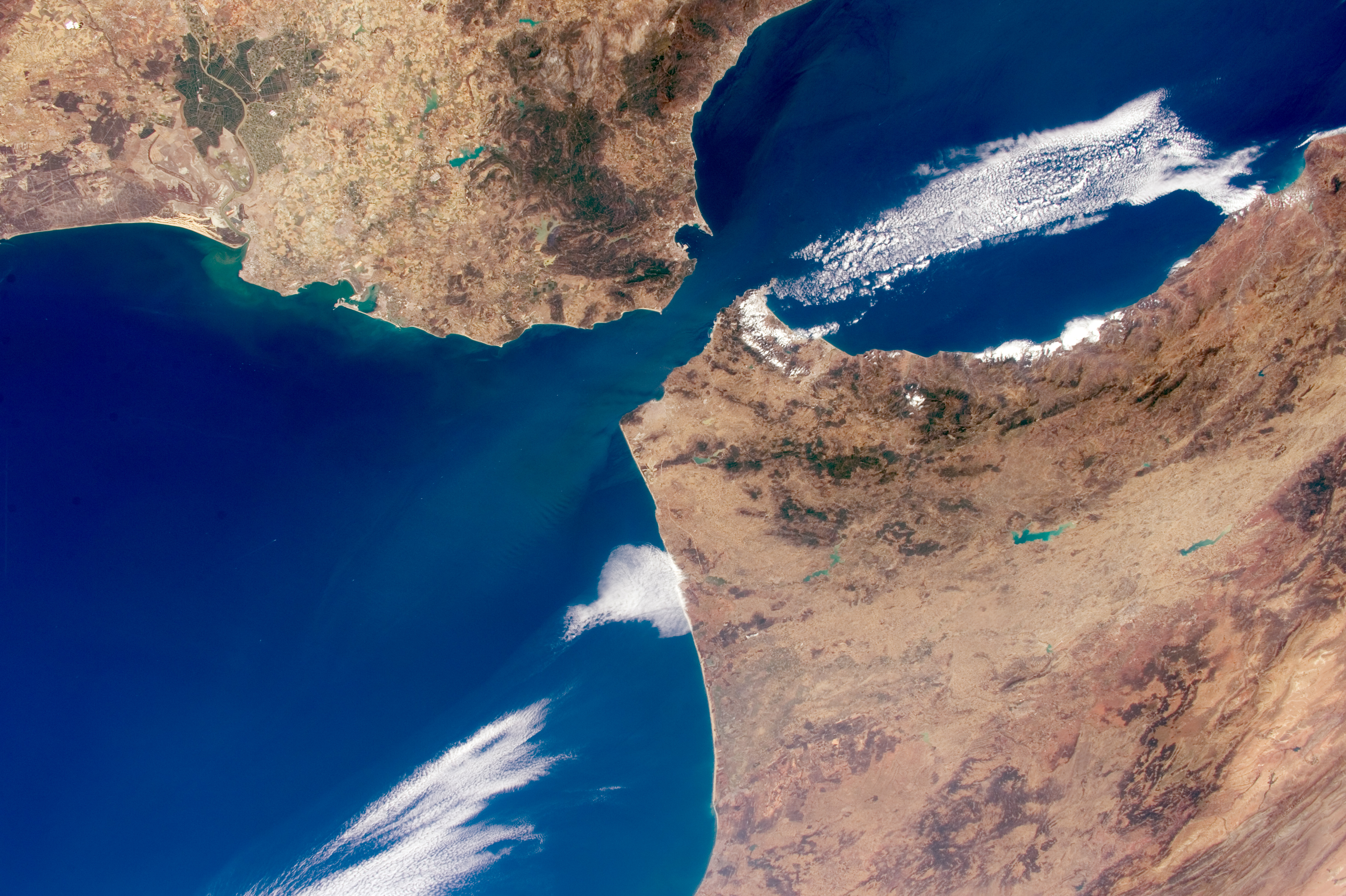|
Eastern Passage (Alaska)
Eastern Passage is a channel in Southeast Alaska, United States. It extends southeast from the mouth of the Stikine River to The Narrows, separating the northeastern half of Wrangell Island from the mainland. It was named in 1877 by William Healy Dall of the United States Coast and Geodetic Survey. It was first traversed and charted in 1793 by James Johnstone, one of George Vancouver Captain (Royal Navy), Captain George Vancouver (; 22 June 1757 – 10 May 1798) was a Royal Navy officer and explorer best known for leading the Vancouver Expedition, which explored and charted North America's northwestern West Coast of the Uni ...'s officers during his 1791-95 expedition. References Straits of Alaska Straits of Wrangell, Alaska {{WrangellAK-geo-stub ... [...More Info...] [...Related Items...] OR: [Wikipedia] [Google] [Baidu] |
Alaska Panhandle
Southeast Alaska, often abbreviated to southeast or southeastern, and sometimes called the Alaska(n) panhandle, is the southeastern portion of the U.S. state of Alaska, bordered to the east and north by the northern half of the Canadian province of British Columbia (and a small part of Yukon). The majority of southeast Alaska is situated in Tlingit Aaní, much of which is part of the Tongass National Forest, the United States' largest national forest. In many places, the international border runs along the crest of the Boundary Ranges of the Coast Mountains (see Alaska boundary dispute). The region is noted for its scenery and mild, rainy climate. The largest cities in the region are Juneau, Sitka, and Ketchikan. This region is also home to Hyder, the easternmost town in Alaska. Geography Southeast Alaska has a land area of , comprising much of the Alexander Archipelago. The largest islands are, from North to South, Chichagof Island, Admiralty Island, Baranof Is ... [...More Info...] [...Related Items...] OR: [Wikipedia] [Google] [Baidu] |
United States
The United States of America (USA), also known as the United States (U.S.) or America, is a country primarily located in North America. It is a federal republic of 50 U.S. state, states and a federal capital district, Washington, D.C. The 48 contiguous states border Canada to the north and Mexico to the south, with the semi-exclave of Alaska in the northwest and the archipelago of Hawaii in the Pacific Ocean. The United States asserts sovereignty over five Territories of the United States, major island territories and United States Minor Outlying Islands, various uninhabited islands in Oceania and the Caribbean. It is a megadiverse country, with the world's List of countries and dependencies by area, third-largest land area and List of countries and dependencies by population, third-largest population, exceeding 340 million. Its three Metropolitan statistical areas by population, largest metropolitan areas are New York metropolitan area, New York, Greater Los Angeles, Los Angel ... [...More Info...] [...Related Items...] OR: [Wikipedia] [Google] [Baidu] |
Stikine River
The Stikine River ( ) is a major river in northern British Columbia (BC), Canada and southeastern Alaska in the United States. It drains a large, remote upland area known as the Stikine Country east of the Coast Mountains. Flowing west and south for , it empties into various straits of the Inside Passage near Wrangell, Alaska. About 90 percent of the river's length and 95 percent of its drainage basin are in Canada.Lehner, B., Verdin, K., Jarvis, A. (2008)New global hydrography derived from spaceborne elevation data Eos, Transactions, AGU, 89(10): 93–94. Considered one of the last truly wild large rivers in BC, the Stikine flows through a variety of landscapes including boreal forest, steep canyons and wide glacial valleys. Known as the "fastest-flowing navigable river in North America," the Stikine forms a natural waterway from northern interior British Columbia to the Pacific coast. The river has been used for millennia by indigenous peoples including the T ... [...More Info...] [...Related Items...] OR: [Wikipedia] [Google] [Baidu] |
The Narrows (Alaska)
The Narrows is a channel in Southeast Alaska, U.S.A. It is the shortest and narrowest stretch of waterway separating Wrangell Island from the mainland, connecting Blake Channel and Eastern Passage. It was named in 1917 by the United States Coast and Geodetic Survey. It was first traversed and charted in 1793 by James Johnstone, one of George Vancouver Captain (Royal Navy), Captain George Vancouver (; 22 June 1757 – 10 May 1798) was a Royal Navy officer and explorer best known for leading the Vancouver Expedition, which explored and charted North America's northwestern West Coast of the Uni ...'s officers during his 1791-95 expedition. References Straits of Alaska Straits of Wrangell, Alaska {{WrangellAK-geo-stub ... [...More Info...] [...Related Items...] OR: [Wikipedia] [Google] [Baidu] |
Wrangell Island
Wrangell Island () is an island in the Alexander Archipelago in the Alaska Panhandle of southeastern Alaska. It is long and wide. It has a land area of , making it the 29th largest island in the United States. Wrangell is separated from the mainland by the narrow Blake Channel. History The first European to sight the island was James Johnstone, one of George Vancouver’s officers during his 1791-1795 expedition, in 1793. He only charted its east coast, not realizing it was an island. The island was occupied in 1834 by the Russians. It is named after Ferdinand von Wrangel, a Baltic German explorer in Russian naval service, and a Russian government official. He was appointed chief manager of the Russian-American Company in 1829, effectively the first married governor of its settlements in North America (present day Alaska). Wrangel cultivated potatoes on the island, started mines, laid out roads, built bridges and government buildings and recorded geographical and ethn ... [...More Info...] [...Related Items...] OR: [Wikipedia] [Google] [Baidu] |
William Healy Dall
William Healey Dall (August 21, 1845 – March 27, 1927) was an American naturalist, a prominent malacologist, and one of the earliest scientific explorers of interior Alaska. He described many mollusks of the Pacific Northwest of North America, and was for many years America's preeminent authority on living and fossil mollusks. Dall also made substantial contributions to ornithology, zoology, physical and cultural anthropology, oceanography, and paleontology. In addition he carried out meteorological observations in Alaska for the Smithsonian Institution. Biography Early life Dall was born in Boston, Massachusetts. His father Charles Henry Appleton Dall, (1816–86), a Unitarian minister, moved in 1855 to India as a missionary. His family however stayed in Massachusetts, where Dall's mother Caroline Wells Healey was a teacher, transcendentalist, reformer, and pioneer feminist. In 1862, Dall's father, on one of his few brief visits home, brought his son in contact with som ... [...More Info...] [...Related Items...] OR: [Wikipedia] [Google] [Baidu] |
United States Coast And Geodetic Survey
The United States Coast and Geodetic Survey ( USC&GS; known as the Survey of the Coast from 1807 to 1836, and as the United States Coast Survey from 1836 until 1878) was the first scientific agency of the Federal government of the United States, United States Government. It existed from 1807 to 1970, and throughout its history was responsible for mapping and charting the coast of the United States, and later the coasts of Territories of the United States, U.S. territories. In 1871, it gained the additional responsibility of surveying the interior of the United States and geodesy became a more important part of its work, leading to it being renamed the U.S. Coast and Geodetic Survey in 1878. Long the U.S. government's only scientific agency, the Survey accumulated other scientific and technical responsibilities as well, including astronomy, cartography, metrology, meteorology, geology, geophysics, hydrography, navigation, oceanography, exploration, Piloting, pilotage, tides, and ... [...More Info...] [...Related Items...] OR: [Wikipedia] [Google] [Baidu] |
James Johnstone (explorer)
James Johnstone (c. 1759 – 1823) was a British naval officer and Exploration, explorer. He is noted for having served as sailing master of the armed tender and later acting lieutenant during George Vancouver's Vancouver Expedition, 1791–1795 expedition to the Pacific Northwest. Johnstone Strait in British Columbia is named after him. Naval and private career Johnstone joined the navy early in 1779, serving aboard the ships HMS ''Keppel'' (a 14-gun sloop), HMS ''La Fortune'' (a recently captured France, French frigate), , , and ; during this time he sailed to New York City, New York, the Caribbean, West Indies (several times), and participated in the Battle of the Chesapeake. On the last ship he met Archibald Menzies, whom Johnstone would become lifelong friends with. He was appointed master in 1785, receiving his master's certificate the following year. Both he and Menzies were discharged in August 1786. Despite passing his lieutenant's examination the next month, he wouldn't ... [...More Info...] [...Related Items...] OR: [Wikipedia] [Google] [Baidu] |
George Vancouver
Captain (Royal Navy), Captain George Vancouver (; 22 June 1757 – 10 May 1798) was a Royal Navy officer and explorer best known for leading the Vancouver Expedition, which explored and charted North America's northwestern West Coast of the United States, Pacific Coast regions, including the coasts of what became the Provinces and territories of Canada, Canadian province of British Columbia and the U.S. states of Alaska, Washington (state), Washington, Oregon and California. The expedition also explored the Hawaiian Islands and the southwest coast of Australia. Various places named for Vancouver include Vancouver Island; the city of Vancouver in British Columbia; Vancouver River on the Sunshine Coast of British Columbia; Vancouver, Washington, in the United States; Mount Vancouver on the Canadian–US border between Yukon and Alaska; and New Zealand's Mount Vancouver (New Zealand), fourth-highest mountain, also Mount Vancouver (New Zealand), Mount Vancouver. Early life Vancouve ... [...More Info...] [...Related Items...] OR: [Wikipedia] [Google] [Baidu] |
Vancouver Expedition
The Vancouver Expedition (1791–1795) was a four-and-a-half-year voyage of exploration and diplomacy, commanded by Captain George Vancouver of the Royal Navy. The British expedition circumnavigated the globe and made contact with five continents. The expedition at various times included between two and four vessels, and up to 153 men, all but 6 of whom returned home safely. Origin Several previous voyages of exploration including those of Ferdinand Magellan and James Cook, and the Spanish Manila-Acapulco galleons trade route active since 1565, had established the strategic and commercial value of exploring and claiming the Pacific Ocean access, both for its wealth in whales and furs and as a trade route to the Orient. Britain was especially interested in improving its knowledge of the Southern Pacific whale fisheries, and in particular the locations of the strategically positioned Australia, New Zealand, the legendary (and non-existent) ''Isla Grande'', and the Northwest Pa ... [...More Info...] [...Related Items...] OR: [Wikipedia] [Google] [Baidu] |
Straits Of Alaska
A strait is a water body connecting two seas or water basins. The surface water is, for the most part, at the same elevation on both sides and flows through the strait in both directions, even though the topography generally constricts the flow somewhat. In some straits there is a dominant directional current. Most commonly, the strait is a narrowing channel that lies between two land masses. Straits are loci for sediment accumulation, with sand-size deposits usually occurring on the two strait exits, forming subaqueous fans or deltas. Some straits are not navigable because, for example, they are too narrow or too shallow, or because of an unnavigable reef or archipelago. Terminology The terms '' channel'', ''pass'', or ''passage'' can be synonymous and used interchangeably with ''strait'', although each is sometimes differentiated with varying senses. In Scotland, ''firth'' or ''Kyle'' are also sometimes used as synonyms for strait. Many straits are economically importan ... [...More Info...] [...Related Items...] OR: [Wikipedia] [Google] [Baidu] |





